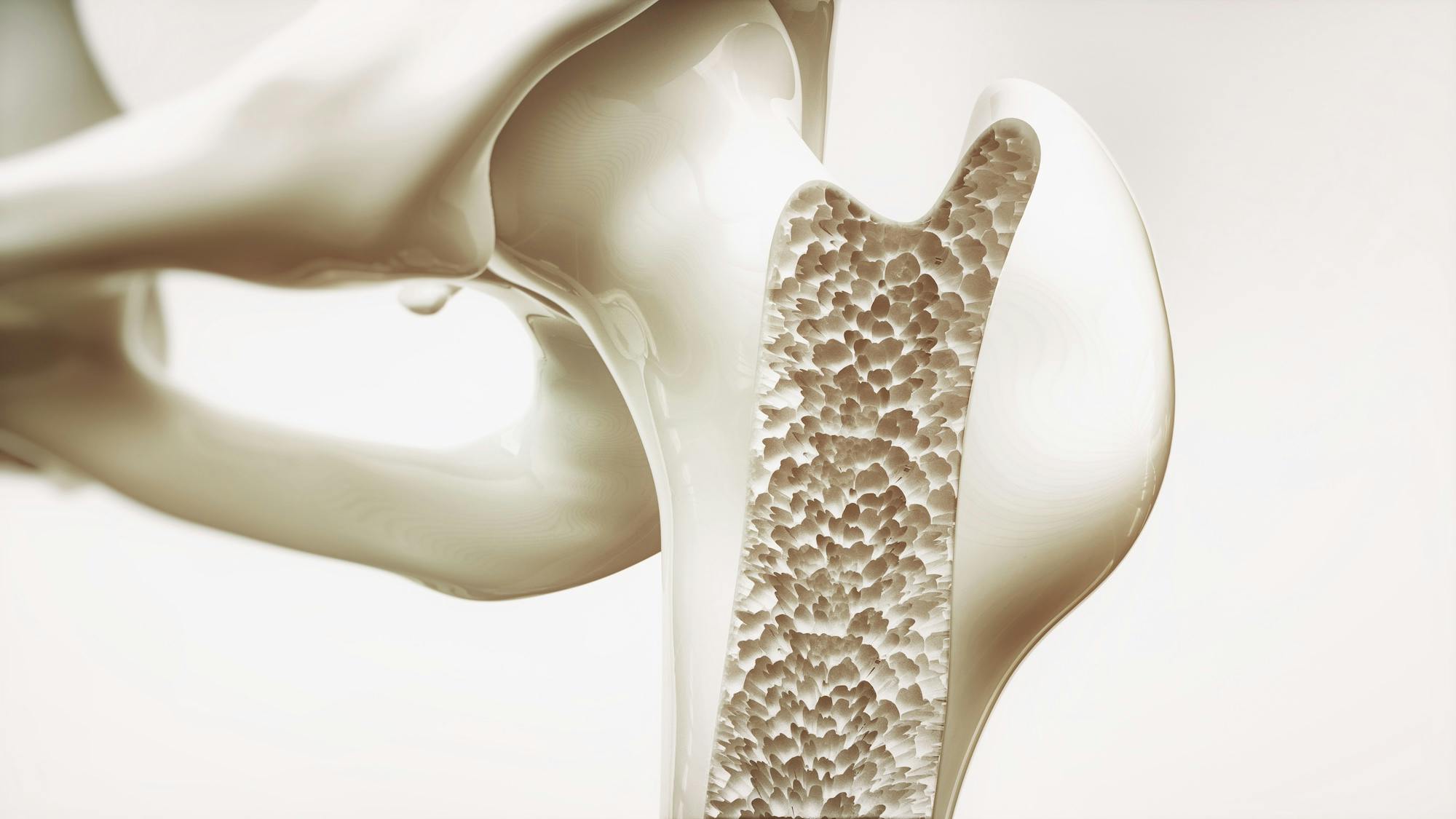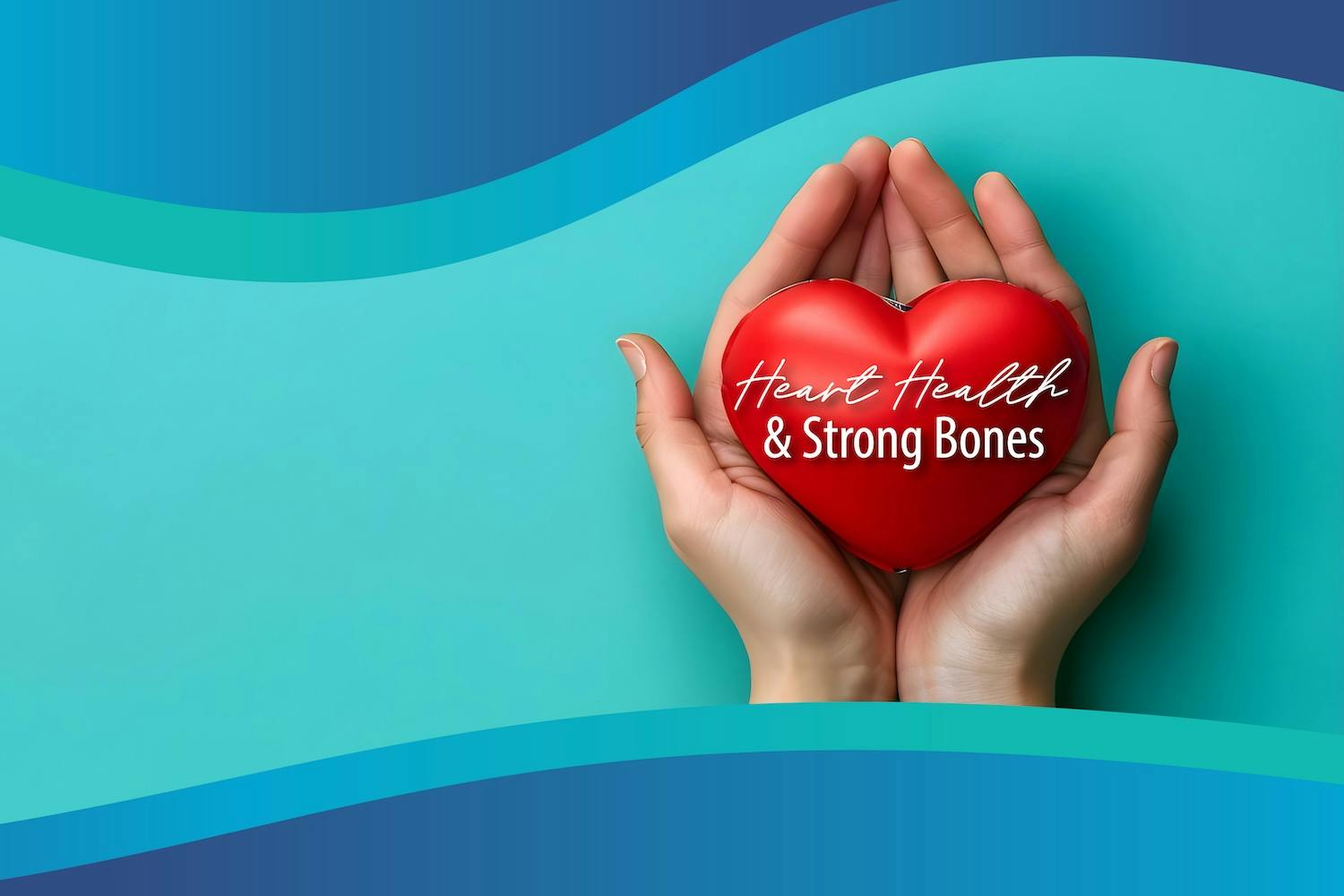- Blog
The Right Shoes
Posted on 10-16-2025 in Foot/Ankle, Ankle Pain, Lisfranc Injury, Plantar Fasciitis & Running by Dr. Erik Nilssen, Dr. Sonya Ahmed

Posted on 10-16-2025 in Foot/Ankle, Ankle Pain, Lisfranc Injury, Plantar Fasciitis & Running by Dr. Erik Nilssen, Dr. Sonya Ahmed
Footwear serves several useful functions, including protecting our feet, cushioning our body weight, providing comfort and, of course, adding a fashionable element to our wardrobe choices. However, selecting the proper footwear can also make a difference in your overall foot health. As you consider those fun new kicks, we encourage you to be mindful of how the correct type of shoe can help you avoid injuring or further exacerbating existing foot and ankle conditions. Specifically, ill-fitting shoes can be painful and cause issues like bunions, hammertoes, plantar fasciitis, Lisfranc injuries and more.
Of course, living on the gorgeous Gulf Coast, we can’t talk about footwear and not discuss flip-flops. When you live, work and play in the sunshine state, it’s nearly impossible to avoid wearing them. After all, it’s not particularly practical to march out on our sugar white sands in a pair of wing tip loafers. However, flip-flops are not appropriate for everyday use. They leave your feet vulnerable to bacterial and fungal infections, in addition to slipping around, causing painful blisters. Additionally, they contribute to heel pain, and the lack of support they provide can ultimately lead to bad posture.
We also treat many athletes of varying skill and experience levels who often find themselves wearing the wrong type of shoe. While the choices can be overwhelming, you can typically find shoes made for your specific athletic activity. From running, training and walking shoes to court and field sports shoes as well as specialty sports shoes, the options are endless. Visiting a specialty store where you can work with a trained staff member is often the best place to start.
For those who love to wear high heels, it’s equally imperative that you find the right fit to avoid injury or further damage to your feet and ankles. High heels are designed to point the foot down, which gives the leg a slender appearance. This position puts a lot of pressure on the ball of the foot, bending the toes up to meet the ground. The higher the heel, the higher the pressure on the ball of the foot, which, over time, wearing high heels may cause a stress fracture. However, by selecting options with lower heels and a wider toe box that matches your toe shape, you can alleviate pressure on the ball of the foot.
Regardless of the type of footwear you are considering, the following tips are helpful to keep in mind as you select how the shoes are constructed, correctly measuring your feet and finding the right fit.
If wearing the wrong type of shoe has caused an injury to your feet or ankles, or you have been experiencing symptoms of any of the painful conditions we’ve described, reach out to North Florida Bone & Joint Specialists. Our experienced physicians, Dr. Erik Nilssen and Dr. Sonya Ahmed are available to discuss your specific needs and develop a treatment plan that’s right for you. Call us at 850.435.4800 or complete our Online Appointment Form today.

We see our share of broken bones as an orthopaedic and sports medicine practice. From the high school baseball player who collided with first base a little too hard to the avid DIY’er who took a tumble from an unsecured ladder and everything in between, we’ve seen it all. As we age, we also gradually lose bone mass, which occurs as small amounts of healthy bone are absorbed into your body as small amounts are replaced. When more bone is absorbed than is replaced, the density (bone mass) is reduced. Osteoporosis develops when the bone is no longer replaced as quickly as it is removed, and over time, it causes the bone to become progressively weaker, increasing the risk that it may break.

February is American Heart Month—a time to raise awareness about cardiovascular health and its far-reaching effects. While most people recognize the importance of heart health for longevity and disease prevention, fewer realize its critical role in musculoskeletal well-being. At North Florida Bone & Joint Specialists, we emphasize a comprehensive approach to orthopaedic care, recognizing that a strong heart supports strong bones and joints.

In recognition of World Spine Day on October 16, 2024, North Florida Bone & Joint Specialists (NFBJS) is highlighting the importance of spine health across all ages, from young athletes to older adults. Spine injuries are a common challenge that can affect anyone, whether due to the rigors of sports or the natural aging process. This year’s World Spine Day theme, “Support Your Spine,” reminds us of the importance of maintaining a healthy spine throughout life.